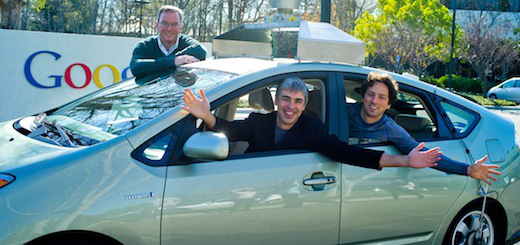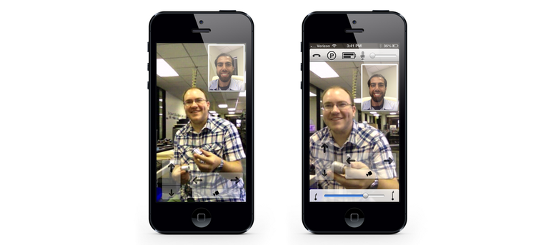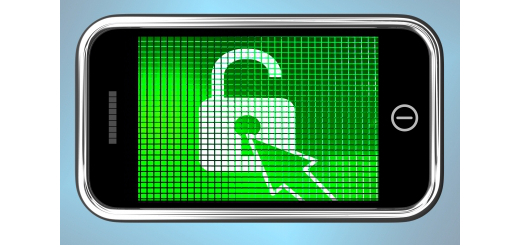Freescale, Oracle partner to shape the “Internet of Things”
We are in recent years seeing more and more facets of our daily lives adapt to incorporate not only some broad, loose conception of ever-evolving technology, but a level of automation and connectedness that is markedly changing the relationship we have with the world around us — not least because it’s changing the relationship that things in the world have with one another. The analysis of this interconnection, its implications, and how it might be leveraged is one of the most vibrant conversations occurring in technological circles today. The “Internet of Things” (IoT), as the concept is known, represents not only a way of getting your DVR to talk to your dishwasher but a rethinking of topics as core to contemporary life as data collection and the autonomous operation of systems.
It’s big news, then, that chip-maker Freescale Semiconductor and tech-industry monolith Oracle announced last week their collaboration on the development of a “one-box gateway platform” intended to answer “the lack of a secure, standardized and open infrastructure model for the delivery of IoT services.” This platform “combines end-to-end software with a converged gateway design to establish a common, open framework for secured IoT service delivery and management.” Aimed at providing a physically contained consolidation point for incoming data from the variety of origin points, “the one box platform will help simplify and secure the delivery of IoT services to end users in a home, business or other location, supporting the rapid deployment of a vast array of innovative IoT services.”
What, however, is the IoT? While the answer is far from simple (as this analysis of a 29-page note on the topic released last week by Morgan Stanley indicates), there’s something to be learned from the man who came up with the concept in the first place. The term was coined by tech pioneer Kevin Ashton in 1999, and in a reflection on its development ten years later he summarizes the “IoT” as conceiving a new way of approaching the exponentially expanding project of accumulating and processing data about the things that make up our world, be it our household devices, traffic routes, or the built (and natural) environments more broadly. The vast majority of this work is still routed through human hands, with all their fallibility and limitations, meaning that potential data is outstripping actualized data in both volume and accuracy at a constantly accelerating rate.
While twenty years ago this may not have been a problem with a straightforward solution, in today’s Internet-ordered world of ubiquitous connected devices able to communicate without human intermediaries, it’s a different story. As Ashton put it in 2009, “if we had computers that knew everything there was to know about things — using data they gathered without any help from us — we would be able to track and count everything, and greatly reduce waste, loss and cost. We would know when things needed replacing, repairing or recalling, and whether they were fresh or past their best.”
Ashton envisions a step beyond even this intuitive move toward efficiency in “thing” management, however — “we need to empower computers with their own means of gathering information, so they can see, hear and smell the world for themselves, in all its random glory. RFID [that is, radio-frequency identification] and sensor technology enable computers to observe, identify and understand the world — without the limitations of human-entered data.” That is, by focusing on enabling inter-device communication in a dynamic rather than immediately micro-managed way, the nature of data that is collected can change from selective and limited to broad and, as far as possible, total — a shift that has the potential to entirely change the kind of information to which we have access in a very fundamental way.
[ image courtesy of Samsung ]



